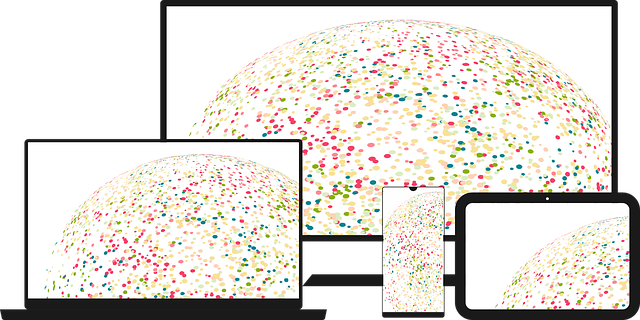AI data analytics tools have transformed the hospitality industry by providing deep insights into customer behavior, market trends, and consumer preferences. In restaurants, these tools predict peak dining hours, optimize menu items, pricing, and staffing, reduce waste through precise inventory management, and facilitate dynamic menu innovation. By leveraging AI algorithms for predictive modeling and sentiment analysis, restaurateurs can enhance operational efficiency, stay competitive, and adapt to real-time trends, ultimately boosting customer satisfaction.
“Unleash the power of AI data analytics tools for restaurant trends and elevate your business to new heights! In today’s competitive landscape, real-time analytics engines are transforming the way restaurants operate. This comprehensive guide explores the front-running AI solutions driving industry trends. From understanding customer preferences to optimizing menu pricing, we delve into the benefits and strategies behind successful implementation. Discover how these advanced tools can enhance decision-making, boost profitability, and create a dynamic dining experience.”
- Understanding AI Data Analytics Tools for Restaurant Trends
- Benefits of Real-Time Analytics in the Restaurant Industry
- Implementing and Optimizing AI Business Analytics Engines
Understanding AI Data Analytics Tools for Restaurant Trends

AI data analytics tools have transformed the way restaurants operate, providing valuable insights into customer behavior and market trends. By analyzing vast amounts of data in real-time, these advanced systems offer a comprehensive understanding of restaurant performance. From tracking popular menu items to predicting peak dining hours, AI algorithms can identify patterns that help businesses make informed decisions. This allows restaurateurs to optimize their operations, enhance customer satisfaction, and stay ahead of the competition.
For instance, AI analytics can uncover hidden trends by examining purchase history, customer demographics, and even social media sentiment. This information empowers restaurants to adapt their strategies, whether it’s tweaking the menu, refining marketing campaigns, or personalizing the dining experience. With such powerful tools, businesses can ensure they meet the evolving demands of their clientele efficiently.
Benefits of Real-Time Analytics in the Restaurant Industry

In today’s competitive restaurant landscape, embracing AI data analytics tools for restaurant trends is a game-changer. Real-time analytics engines can revolutionize how eateries operate by providing actionable insights that enhance decision-making processes. By analyzing vast amounts of customer data, these advanced systems offer a comprehensive view of market dynamics, helping restaurants stay ahead of the curve. From predicting peak dining hours to understanding customer preferences, AI enables businesses to optimize their menus, pricing strategies, and staffing schedules accordingly.
Moreover, real-time analytics facilitates efficient inventory management. Restaurants can track ingredient usage patterns, identify popular dishes, and promptly adjust orders to minimize waste. This not only reduces operational costs but also ensures that favorite menu items are always in stock. Furthermore, AI can detect emerging trends, allowing restaurants to innovate and create dynamic, ever-evolving menus tailored to their clientele’s tastes.
Implementing and Optimizing AI Business Analytics Engines

Implementing and optimizing AI business analytics engines, such as those employed in the restaurant industry, requires a strategic approach. Restaurants can leverage AI data analytics tools to gain valuable insights into customer behavior, menu performance, and operational efficiency. By integrating these tools into their systems, businesses can make data-driven decisions to enhance overall dining experiences and increase profitability.
The optimization process involves selecting the right AI algorithms for specific tasks, such as predictive modeling for demand forecasting or sentiment analysis for reviewing customer feedback. Once implemented, continuous monitoring and fine-tuning are essential to ensure the models adapt to changing trends. Regular data updates and rigorous testing help maintain the accuracy and reliability of the analytics, enabling restaurants to stay ahead in a competitive market by identifying emerging patterns and preferences in real time.
AI data analytics tools for restaurant trends have transformed the way businesses operate, offering unprecedented insights into customer behavior and market dynamics. By leveraging real-time analytics, restaurants can make data-driven decisions that optimize menus, pricing strategies, and resource allocation. Implementing and optimizing AI business analytics engines allows for enhanced efficiency, improved customer satisfaction, and a competitive edge in the dynamic restaurant industry. Embracing these technologies ensures restaurants stay ahead of trends and meet the evolving demands of their clientele.
